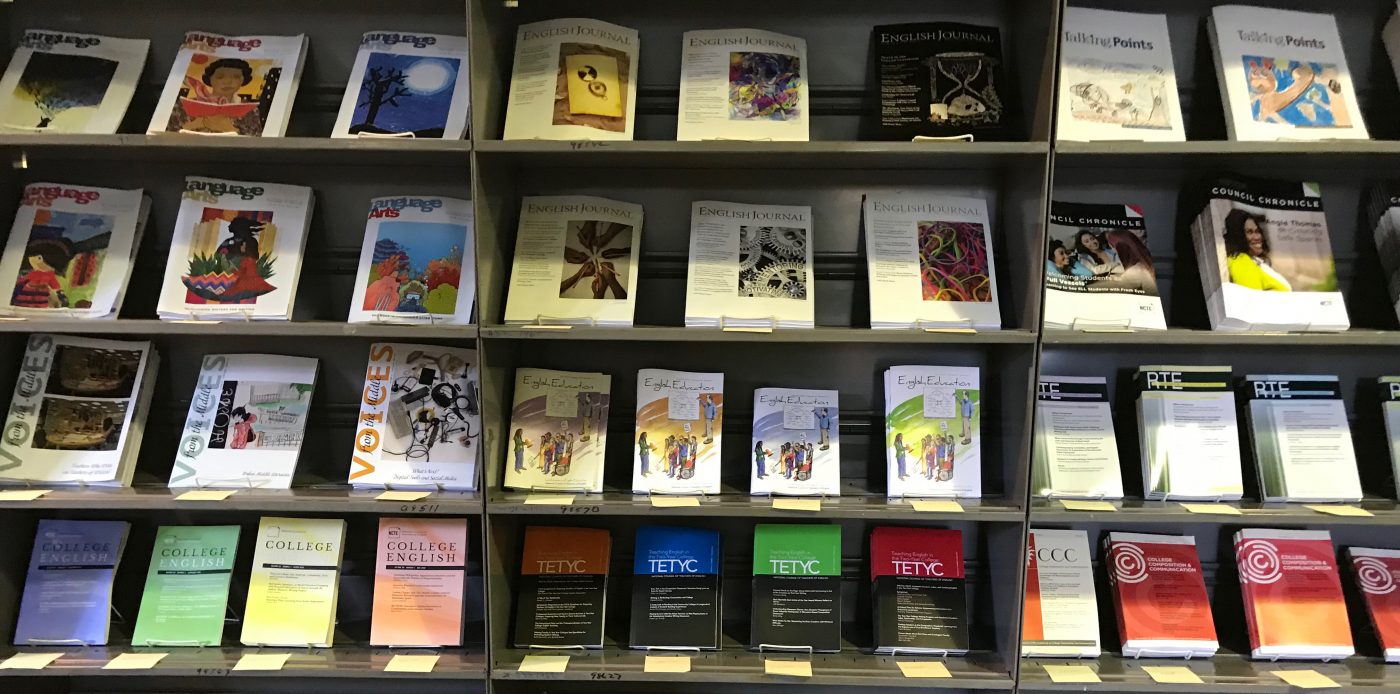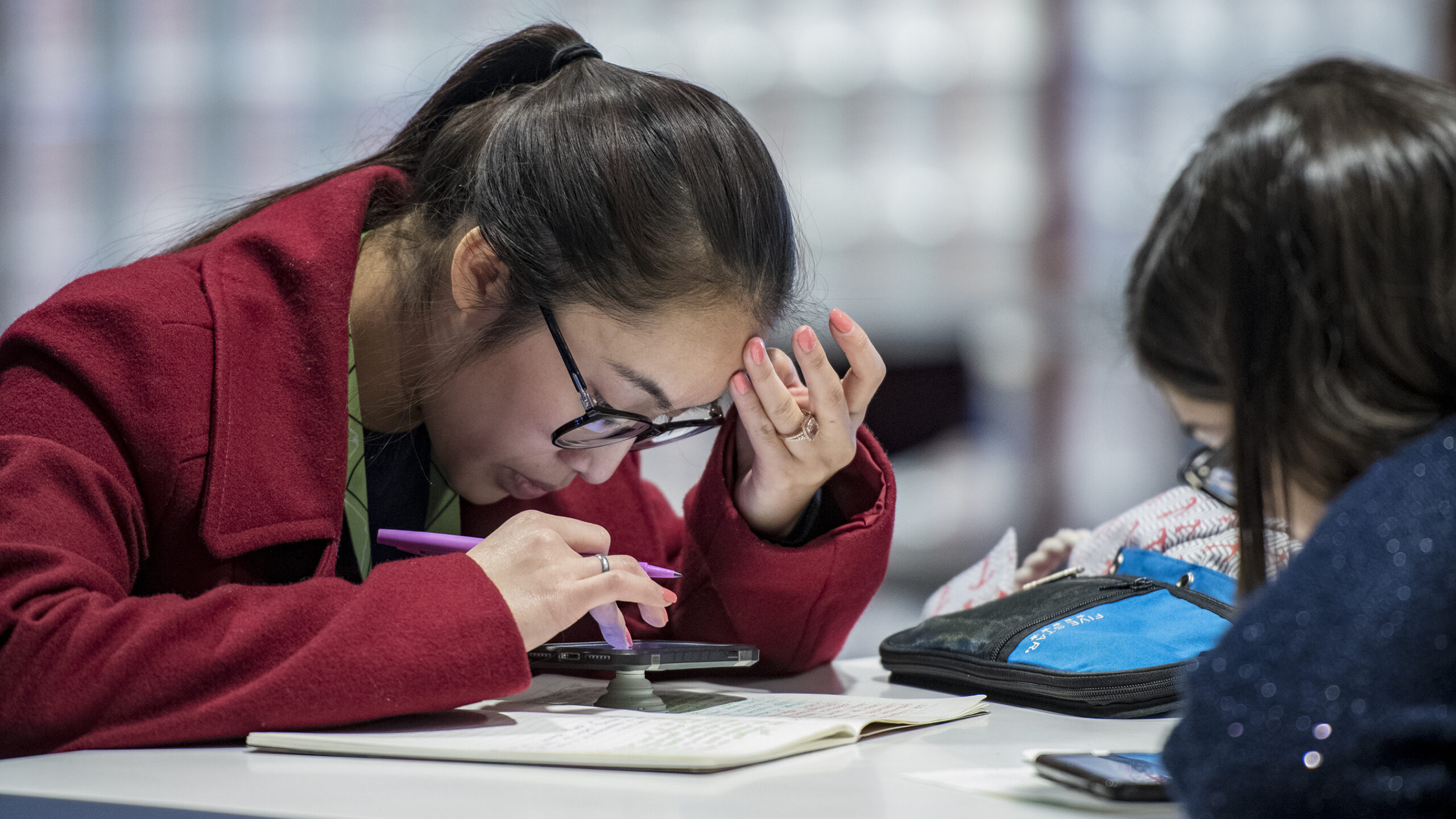Literary society members weren’t just educating themselves, theyvwere educating and modeling for others how to be more humane and joyful. I found in my research that Black ancestors had more advanced standards for education compared to what we have today. When I first wrote that very line for publication, an editor questioned me, saying that “there is no way oppressed Black people from the 1800s were more advanced than the system of education contemporarily.” I took some offense to this reaction—I heard “there’s no way Black people historically were more advanced.” The truth was, they were. When comparing systems and practices, members of Black literary societies and their brothers and sisters across educational spaces had five major goals for teaching and learning compared to only one (skills) that we have today. We center, measure, assess, and evaluate on skills. These five pursuits have been studied over time, and researchers have identified the importance of not sacrificing any of the pursuit in the educational achievement of youth in middle grades. Scholars in this special issue are continuing that tradition.
I call these collective pursuits culturally and historically responsive, or the HILL Model, as the five- part framework responds to the social and cultural Histories, Identities, Literacies, and Literation of students. The model was born out of love—the love that I experienced when I engaged in the study of our ancestors and how they educated themselves, each other, and the wider society. They were intentional about how they cultivated love as the foundation to the five pursuits. This model is equally born out of the need for disruption— disrupting the norms of sanctioned education in the United States, which has historically excluded Black and Brown people, our lives, and our identities.
Also important, this model was rooted out of the need to know, love, honor, and celebrate identity. Identity was first and central to the model, due to a system and society that has told people of color that they are not beautiful, not brilliant, and not genius. Representation and knowing oneself matter. If youth can see you manifesting in full, truthful, and genius ways, it not
only gives them confidence, but it allows their dreams and desired forms of who they can become to turn into reality. Identity is comprised of notions of who we are, who others say we are (in both positive and negative ways), and who we desire to be. There is a complex and dynamic dance between these three toward identity development. Identity changes regularly in the lives of middle level youth. It isn’t static, especially in light of the fact that we don’t have just one identity but layers of self. Identity is moving and changing. Identities (both cultural identities and other identities) are constantly being (re)defined and changed; they are fluid, multilayered, relational, and shaped by the social and cultural environment as well as by literacy practices. Examples of identities may include, racial, ethnic, cultural, gender, kinship, academic/ intellectual, environmental, personal/individual, sexual and community identities. Identity fosters exploration of individual, family, cultural, and community identities and histories. It also teaches students to know, respect, and value the identities, cultures, and practices of others
who may differ from their own lives in any way. So many students don’t have school opportunities to learn about identities of others around the world, different from them. When children first see themselves in the learning and experience connected curricular opportunities to learn self and others, they become more confident and ready to learn skills and other pursuits.
When studying the language and literacy practices of Black ancestors, I noticed their use of the word “On” in the titles in their poetry, public addresses, and other writings. The word was more than a title, but it also drew urgent attention to the topic or word following “on.” The word was like a call of action and emphasized something that we needed in the world. We need identity. Following in their example, educators must be “on identity” in their thinking, preparation, and instructional practices with middle level youth. Middle level students are constantly seeking ways to know, discover, and figure who they are. Often, they “try on” different identities in an effort to see which “feels right,” and schools are perfect places for this “exploration of self and feeling.” The focus on identity not only helps youth to explore who they are today, but also who they become tomorrow. I suggest that each learning opportunity through lesson and units plans include a pursuit for identity. Each learning experience is an opportunity for students to explore any aspects of their lives (small or large) or others’. In the following “unit plan pursuits” example, I showcase one way we can begin teaching about identity and the love we must have for ourselves.
Unit Plan Pursuits: On Identity
(English Language Arts)
Anchor Text: I Am Loved, Nikki Giovani
Identity: Students will explore and name their own identities and what makes them unique and special. Students will identify a metaphor that beautifully represents one of their cultures or other identities.
Skills: Students will determine a theme of a story, drama, or poem from details in the text, then summarize the text (CCSS.ELA-LITERACY.RL.4.2). Students will write a poem on one of their identities.
Intellect: Students will explore the concepts of identity and love.
These collective pursuits allow children to learn, love, and remember any of their identities, which includes their cultural lives. It also captures the specialness of identity and creates a space for children to reflect upon the unique and beautiful qualities and identities they carry. The sample pursuits are written for any child to love themselves and learn ways to respond when the love of self is not present. When children know who they are and it is affirmed, the possibilities become endless. In response, their confidence, abilities, and joy increase in and out of schools. Identity matters, and we need more intentional and formalized practices to include it in children’s daily learning so they can see a manifestation of their futures.
Criticality: Students will create responses to others who may not love their identities or show them love. They will learn how to sustain self-love when others do not see their worth or brilliance.
Joy: Students will discuss what they love about themselves and identify those who help them to love themselves.
References
McHenry, E. (2002). Forgotten readers: Recovering the lost history of African American literary societies. Duke University Press.
Muhammad, G. (2020). Cultivating genius: An equity framework for culturally and historically responsive literacy. Scholastic.
Porter, D. (1936). The organized educational activities of Negro literary societies, 1828–1856. Journal of Negro History, 5, 555–576.


